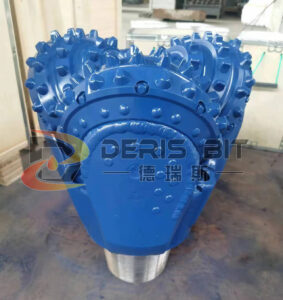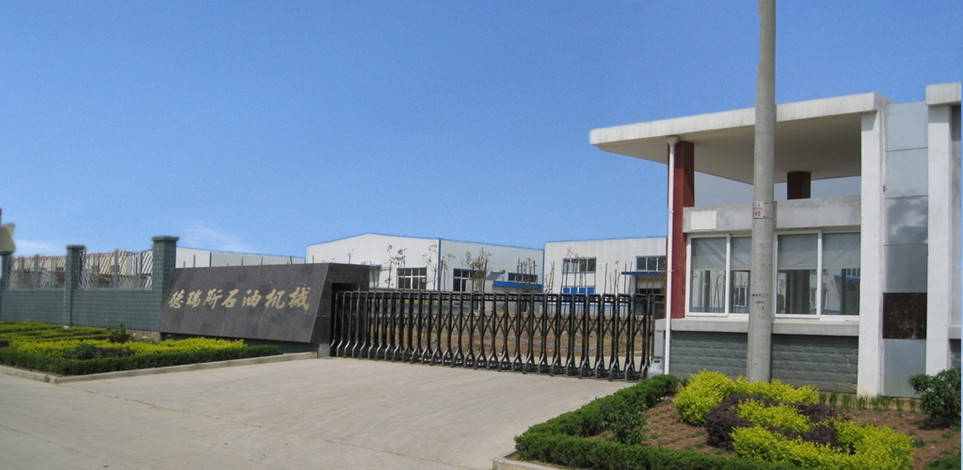Tricone Bit is a widely used drilling tool in the fields of oil, natural gas, mineral exploration, and underground engineering. Its working principle is to rotate the tricone wheels, which then friction with the formation to carry out drilling operations. Tricone bits are commonly classified according to various characteristics and application areas, as follows:
1. Classification by Material of the Cones
Tricone bits can be classified based on the material of the cones as follows:
- Steel Tooth Bit: The teeth of the cones are typically made from high-strength steel, suitable for soft to medium-hard formations such as soft rock, mudstone, sandstone, etc. Steel tooth bits are versatile and can effectively handle a wide range of geological conditions.

- Tungsten Carbide Insert (TCI) Bit: The teeth of the cones are made from tungsten carbide inserts, which provide higher hardness and wear resistance, making them suitable for harder formations such as hard rock, rock salt, limestone, etc. Tungsten carbide teeth provide a longer lifespan.

2. Classification by Number of Cones
Tricone bits are also classified based on the number of cones:
- Three Cone Bit (Tricone Bit): It has three cones and is commonly used in most oil and gas drilling operations. Each cone has several teeth that make contact with the formation during drilling.
- Two Cone Bit (Two Cone Bit): This type consists of two cones and is typically used for special drilling tasks that require higher torque.
3. Classification by Working Conditions
Tricone bits can be classified based on the geological conditions they are designed for:
- Soft Formation Bits: These bits are suitable for soft rocks and mudstones. Steel tooth bits are often used for this purpose, with a focus on improving drilling speed and efficiency.
- Hard Formation Bits: These bits are designed for hard formations such as hard rock and shale. Tungsten carbide insert bits are commonly used to enhance wear resistance and service life.
- Complex Formation Bits: These bits are designed for complex formations, which may involve alternating soft and hard layers or irregular geological conditions such as sandstone and fractured rock. These bits feature more flexible designs, often utilizing composite materials and different tooth shapes.
4. Classification by Bit Structure
Tricone bits can have different structural designs to suit specific operational needs:
- Hole Opening Bit: Designed to enlarge the hole diameter during drilling, often used when larger hole sizes are required.
- Deep Hole Bit: Specialized for deep well drilling, these bits are designed to withstand higher pressure and temperature conditions.
5. Classification by Application Area
Tricone bits are also classified based on their application in different industries:
- Oil and Gas Drilling Tricone Bit: Mainly used in the exploration and development of oil and natural gas.
- Mining Exploration Tricone Bit: Used in mining operations, especially in drilling for coal and metal ores.
- Water Well Drilling Tricone Bit: Used in water well drilling and other hydraulic engineering projects, often requiring resistance to corrosion.
Conclusion
The classification of tricone bits is mainly based on factors such as material, number of cones, working conditions, bit structure, and application areas. Selecting the appropriate tricone bit can improve drilling efficiency, extend service life, and reduce operational costs. Different types of tricone bits are suited for various geological conditions and operational needs, so the right choice must be made based on the specific drilling environment.


